Flower photography lighting – How to take your flower photos to the next level🌼 – Watch on YouTube

In this article, we’re breaking down a few flower photographs to see how they were enhanced by the use of some specialist flower photography lighting!
All of the shots on this page were taken in the same shoot, on a tabletop and at-home setting, you can recreate them yourself by following along with the video above!

Flower Photography Lighting
Firstly, we need to talk about the lighting we’re using for these shots. The Adaptalux Studio is a specialist macro photography lighting product that allows for very precise placement of your light due to it’s flexible Lighting Arms.
All of these flower shots were taking using the flower photography pack, our recommendation for getting started with flower photography! It includes 3 white arms and 3 colour options in the form of an amber arm and two colour filters, all of which work great for enhancing the look of flowers.
Conventional lighting

The first images were taken in a conventional way, using two diffused white lighting arms. They were placed below and above the flower, almost in line with the petals. The light coming from a low angle relative to the flower enhances contrast and picks up detail on the surface of the petals.
The diffusers are particularly important here to cast a soft, pleasant looking light across the flower with no harsh shadows. Each arm was adjusted to Ballance the amount of light from each direction.

When shooting something as colourful as these flowers, it’s very important to use a high quality light source designed for photography. LED lights are not all the same and vary in their colour rendering index (CRI).
A light with a poor CRI will dull down the look of colour on anything it shines on. The Adaptalux Lights have a CRI of 90 which is much higher than standard LEDs you will find at home or in most flashlights, making them ideal for showing bright colours!
Backlighting through petals

One of the simple joys of using a small and flexible light source, is being able to hide it within the scene! We can place a single lighting arm behind the petals of this tulip to shine light through the petals and into the centre of the flower.
This has two effects. Firstly it allows the inside of the flower to look like it’s glowing, and shed some light into the hard to see areas. Secondly, it brings through detail in the petals like additional colour and the structure of the flower.

We also placed a diffused White Lighting Arm in front of the flower to balance the brightness of the front petals. Without this additional light, the front of the flower would be underexposed in comparison to the bright centre.

We removed a petal from the front of the flower to create a small viewport into the protected stamen. This had a nice effect of framing the subject of the photo with some out of focus petals either side.
Using Colour Filters

The flower photography pack includes both a green and pink colour filter. They are fantastic flower photography lighting tools for adding some subtle hints of colour. The colour filters magnatise onto the white arms to offer a diffused wash of colour.
We recommend green for enhancing the look of foliage and stems, or adding some additional colour to a messy undergrowth background.
The pink colour filter is fantastic for enhancing pinks, reds and purples commonly found in flowers. The shade is subtle but can be just enough to add something extra to your images. White flowers look particularly nice with a pink colour filter.

For the image above, we had a pink colour filter at the bottom of the flower, and a white diffused arm from above. They work together to both preserve the yellow in the centre of the flower, but enhance the purple colour of the petals!
Backlighting with colour

A coloured Lighting Arm produces a much more vivid and harsh colour than the colour filters. The amber lighitng arm included in the flower photography pack is amazing for red, orange and yellow flowers. You can use it creatively to add additional interest, or diffuse it for a more subtle look.

For the image above, we hid an orange lighting arm inside the flower to add some variation to the simple yellow flower. Backlighting with a coloured arm like this is a great way to add some variation to an otherwise uniform image.

You can also use the amber arm to re-create the look of a sunset and offer a warming tone to your flowers. Again, it introduces another shade to the otherwise uniformly yellow flower and adds more interest to the shot.
If you would like to see more ways to use lower photography lighting to enhance your shots, check out some of our other flower related articles.
Don’t forget to subscribe to our YouTube channel for more macro photography tutorials, ideas and inspiration!

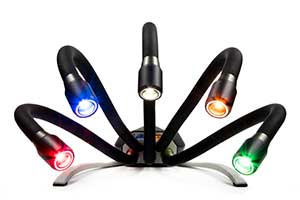

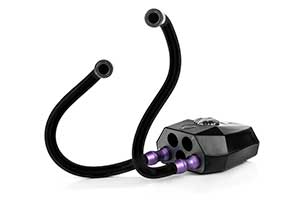
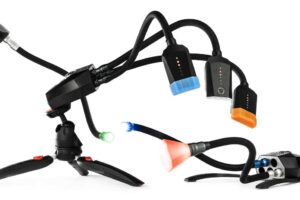
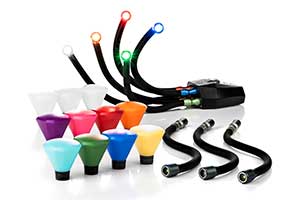
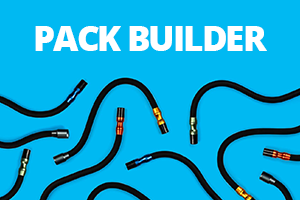
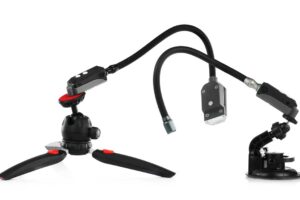

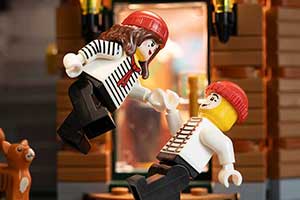
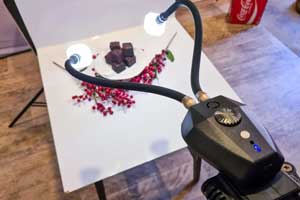
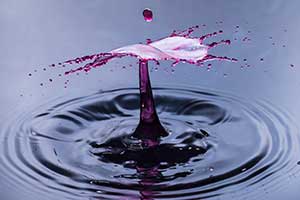

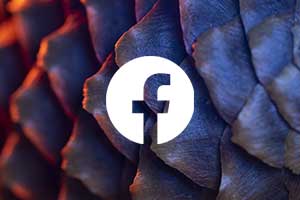
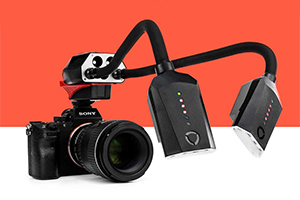
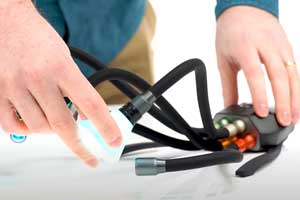

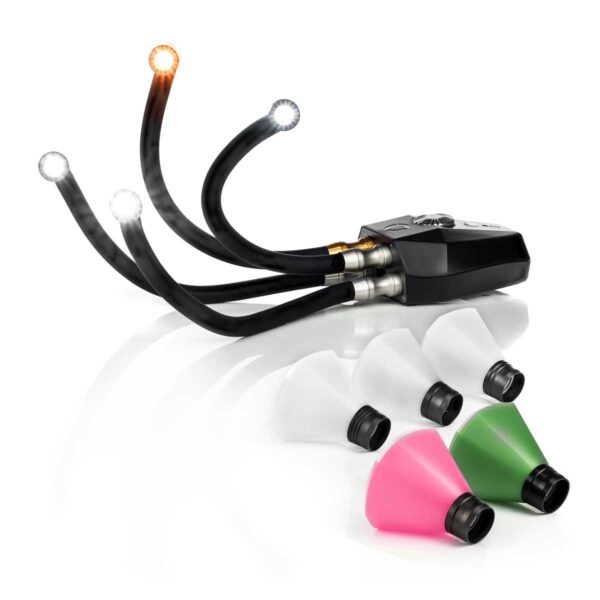
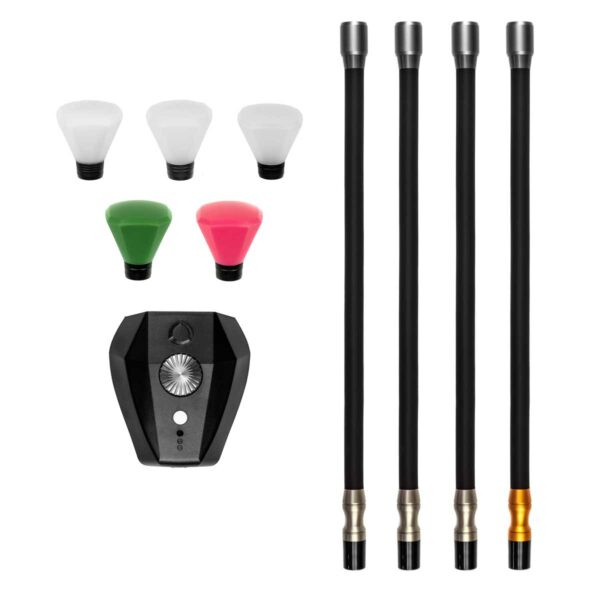






Very impressive packaging and startup information. Looking forward to getting started this evening.